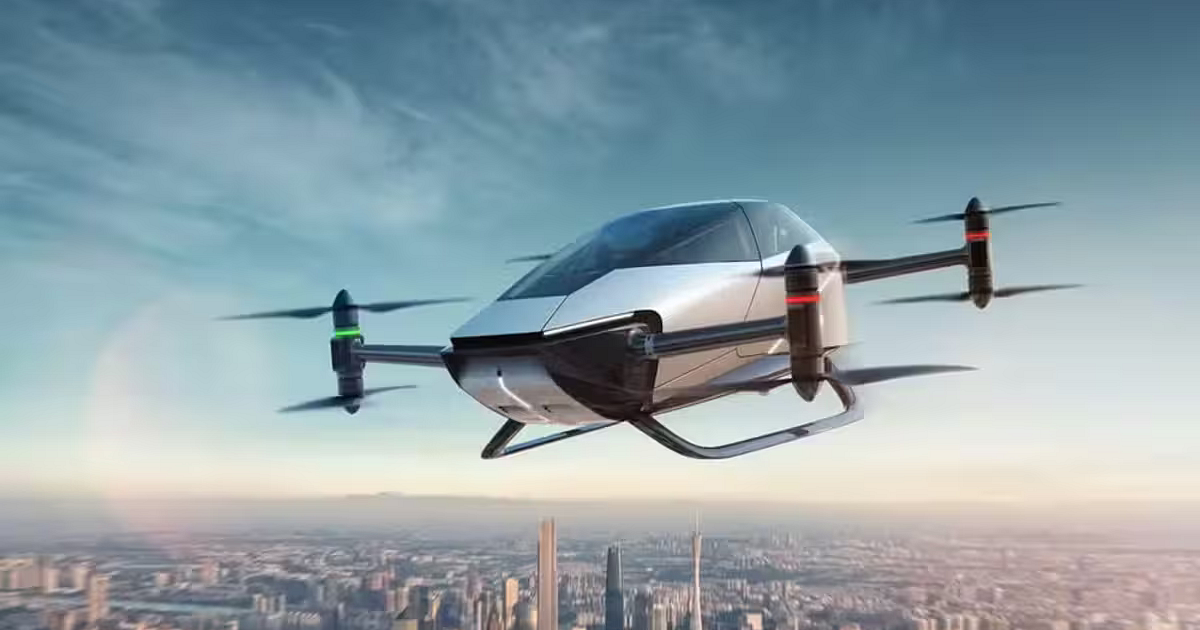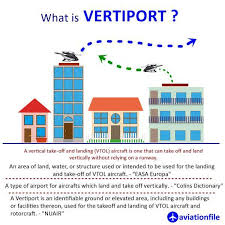Now Reading: Flying Car Dubai’s Bold Plan:Vertiports Set to Change Travel 2025!
-
01
Flying Car Dubai’s Bold Plan:Vertiports Set to Change Travel 2025!
Flying Car Dubai’s Bold Plan:Vertiports Set to Change Travel 2025!

Table of Contents
Dubai has always been a city of dreams—a place where the future comes alive faster than anywhere else on Earth. From towering skyscrapers to driverless trains, Dubai is famous for embracing bold ideas. Now, the city is preparing to launch something even more revolutionary: vertiports for flying cars.
This vision is part of Dubai’s larger plan to lead the world in Urban Air Mobility (UAM). But creating a network of vertiports—special landing and take-off areas for flying vehicles—is no easy task. It presents both exciting opportunities and significant challenges.
In this article, we explore what it will take to make Dubai’s first vertiports a reality, and how this bold move could shape the future of travel.
What Exactly is a Vertiport?

A vertiport is like a small airport but designed for eVTOLs (Electric Vertical Take-off and Landing vehicles)—more simply known as flying cars or air taxis. These vehicles need vertical landing spots instead of long runways.
Unlike airports, vertiports will be built right inside cities, on rooftops, near highways, or at business centers. Dubai wants to build the world’s first network of such vertiports, connecting major areas like Dubai International Airport, Downtown Dubai, Dubai Marina, and Palm Jumeirah.
Opportunities That Could Transform Dubai Forever

1. A New Level of Convenience for Travelers
Flying cars could cut travel time dramatically. A ride from Dubai Airport to Palm Jumeirah could take just 10 minutes instead of 45 minutes by car. This saves time for tourists, business travelers, and daily commuters.
2. Reducing Traffic Congestion
With more vehicles moving in the sky, road traffic could reduce, solving one of Dubai’s biggest city problems. This would lead to cleaner air and smoother city life.
3. Green and Sustainable Transport
Flying cars will mostly be electric, producing zero carbon emissions. This fits perfectly with Dubai’s green vision under the UAE Net Zero 2050 strategy. The city could set an example for clean urban transport worldwide.
4. Job Creation and New Industries
Building vertiports will create thousands of new jobs—from construction and engineering to software development and air traffic control. New companies will spring up to make parts, design flying cars, and provide services for these futuristic vehicles.
5. Global Tech Leadership
If Dubai succeeds in launching the first complete vertiport network, the city will become the world’s model for urban flying transport. Other cities may follow Dubai’s lead, bringing in huge investments, partnerships, and global attention.
Challenges Standing in the Way
But turning this flying dream into a real, working system isn’t simple. There are many serious challenges that need to be solved:
1. High Infrastructure Costs
Building vertiports is expensive. Rooftop pads, charging stations, safety systems, and air traffic software will cost millions of dollars per site. The government and private companies need to work together to cover these costs.
2. Air Traffic Control and Safety Risks
Flying cars will fill the sky over Dubai’s busy streets. How will they avoid crashing into each other—or into buildings, drones, or planes? New, advanced air traffic control systems must be built to handle hundreds of vehicles at once in the air.
3. Public Trust and Safety Fears
Will people feel safe flying in small air taxis? What if there is a mechanical failure or mid-air collision? Gaining public trust will require proving that flying cars are as safe as commercial airplanes or cars on the road.
4. Regulation and Legal Issues
Current laws are designed for airplanes and helicopters—not for thousands of flying taxis in the city. The government needs to create new rules for licensing, insurance, flight paths, and emergency procedures. This could take years of planning and international cooperation.
5. Power and Battery Technology
Flying cars need powerful, lightweight batteries to stay in the air. Right now, battery technology is improving, but range and energy limitations are still a problem. Engineers need to make sure these vehicles can fly safely and charge quickly at vertiports.
What Experts Are Saying
According to Mattar Al Tayer, Director-General of Dubai’s Roads and Transport Authority (RTA), “Dubai’s urban air mobility plans are part of our mission to build a smart, sustainable future. But safety, public trust, and strong infrastructure are the first priorities.”
Leading companies like Joby Aviation, EHang, and Lilium are already working with Dubai officials. These partnerships could fast-track the development of vertiports and flying vehicles.
When Could Vertiports Become Reality?
The first functional vertiports could appear in Dubai by 2026 or 2027, according to city planners. By 2030, Dubai hopes to have a full network of flying taxis serving tourists, residents, and business travelers alike.
But much depends on how fast the city can solve technical, legal, and public safety issues. If successful, Dubai could once again be the first city in the world to make science fiction into daily life.
Conclusion: Flying High or a Long Way to Go?
Dubai’s plan to build the world’s first network of vertiports for flying cars is a bold, exciting vision. It offers amazing opportunities for cleaner transport, less traffic, new jobs, and a future-proof economy.
But the challenges—cost, safety, technology, and public confidence—are equally large. The next five years will be crucial to see if Dubai can truly launch a new era of sky-high urban mobility.
For now, all eyes are on this futuristic city as it prepares to make flying cars a part of everyday life.
Read More:- Shobha Realty Launches Its Most Luxurious Project Yet—Full Details Inside 2025





















